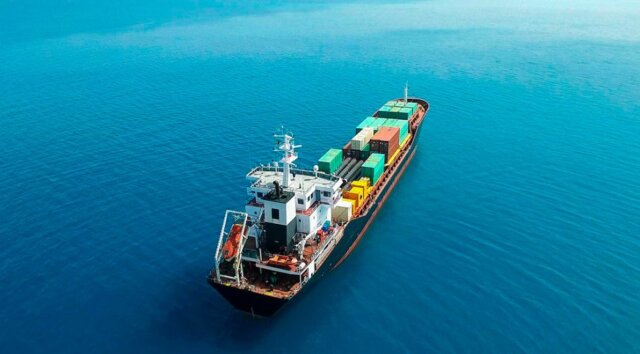
At first glance, ocean freight may seem like a complex and costly mode of international transportation. However, many misconceptions exist about sea freight, leading to inaccurate perceptions of its cost, reliability, and accessibility. In this article, we will address the top 10 misconceptions about sea freight and provide factual evidence to debunk these myths.
Misconception #1: Ocean Freight is Incredibly Expensive
Contrary to popular belief, shipping via ocean freight is cost-efficient compared to other modes of international transport. Shipping accounts for 90% of world trade, and while there are costs associated with sea freight, it is still the most cost-effective method. A shipment from China to the US via ocean freight is around $2-$4 per kg, whereas air freight costs around $5-$8 per kg for shipments weighing between 150 kg and 500 kg. [[1]]
Misconception #2: It is Incredibly Slow
Sea freight may not be as quick as air freight, but it is not incredibly slow either. On average, a shipment from China to the US via ocean freight takes around 30-40 days or more, while air freight takes around 8-10 days. For those who require even quicker delivery, express air freight is a few days quicker, but it is also more expensive. [[2]]
Misconception #3: It is Only Suitable for Large Shipments
While it is true that sea freight is generally more cost-effective for larger shipments, it is also suitable for smaller shipments. Sea freight carriers offer a range of container sizes to accommodate all types of shipments, from full container loads (FCL) to less-than-container loads (LCL). LCL is particularly useful for smaller shipments that do not fill a full container, as it allows for shared space in a container with other small shipments. [[1]]
Misconception #4: It is Inaccessible to Small Businesses
Many small businesses believe that ocean freight is only accessible to large companies with significant shipping volumes. However, this is not the case. Sea freight forwarders work with businesses of all sizes to find the most cost-effective and efficient shipping solutions. Additionally, advances in technology have made it easier for small businesses to manage their Sea freight shipments. [[1]]
Misconception #5: It is Not Reliable
Sea freight is a reliable mode of transportation, and the reliability of ocean freight has improved in recent years. Carrier schedules are more predictable, and advances in tracking technology allow for better visibility of shipments. Additionally, carriers are required to adhere to strict safety and security regulations, which further enhances the reliability of ocean freight. [[1]]
Misconception #6: It is Only Suitable for Certain Types of Goods
Some believe that ocean freight is only suitable for certain types of goods, such as raw materials or bulky products. However, ocean freight is suitable for all types of goods, including perishable and fragile items. Temperature-controlled containers and specialized packaging can be used to transport perishable goods, and carriers take extra care to handle fragile items. [[1]]
Misconception #7: Incoterms Do Not Affect Ocean Freight
Incoterms are international commercial terms that define the responsibilities of buyers and sellers in international trade transactions. Many believe that Incoterms do not affect sea freight, but this is not the case. Understanding Incoterms is crucial for managing ocean freight shipments, as they dictate who is responsible for various aspects of the shipment, such as the cost of freight and insurance.
